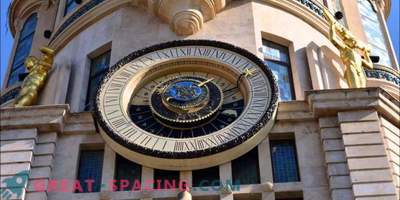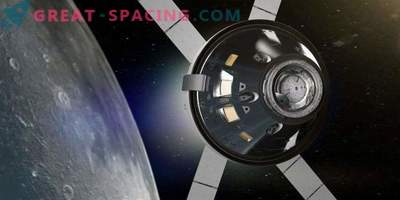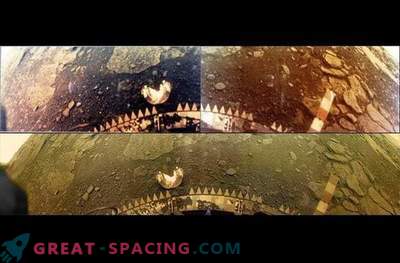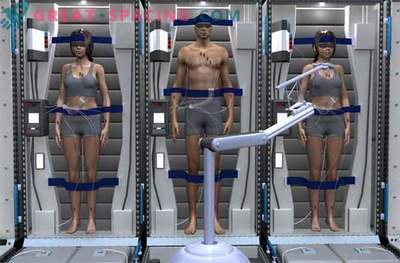
Scientists from the National Research Nuclear University MEPhI (Russia) have recently created components for the development of fault-tolerant asynchronous circuits that can be used in spacecraft.
Chips, traditionally used in automobiles and computers, are poorly combined with spacecraft due to low reliability when exposed to cosmic rays. In space, high-energy ions lead to errors and failures in devices. Therefore, in the development of ASIC (application integrated circuits) for spacecraft, scientists need to create special methods to increase fault tolerance (reliability).
The main problem of synchronous circuits is that their complexity and the number of elements on the chip are constantly growing. Sections of circuits located at large distances should be synchronized in accordance with the clock frequency. That is, if the signals generated by the clock pulse generator do not correspond to exact time intervals, the circuit ceases to function.
This is a complex technical problem, including the degradation of microchips. Therefore, the prospect is seen in asynchronous circuits, where the switching takes place in parallel and without delay. Not everything goes smoothly with the design methodology of such schemes, because there is no standard way to develop them. But the general idea of designing asynchronous circuits was proposed back in the 1970s. The researchers carefully studied the technical capabilities of synchronous circuits, where design parameters do not exceed 10 nanometers. Asynchronous circuits with the same parameters will work faster than synchronous counterparts. Therefore, Russian scientists decided to come up with new elements for faster and more reliable asynchronous circuits. The new study talks about fault-tolerant C-elements.
We are talking about logical devices with built-in memory element. In fact, these are blocks with two inputs: when they match, the signal continues, and when there is not, the elements retain the previous value in their memory. Using the DICE method, it was possible to obtain three new C-elements with improved fault tolerance. Scientists hope to soon apply the development of complex spacecraft.











































